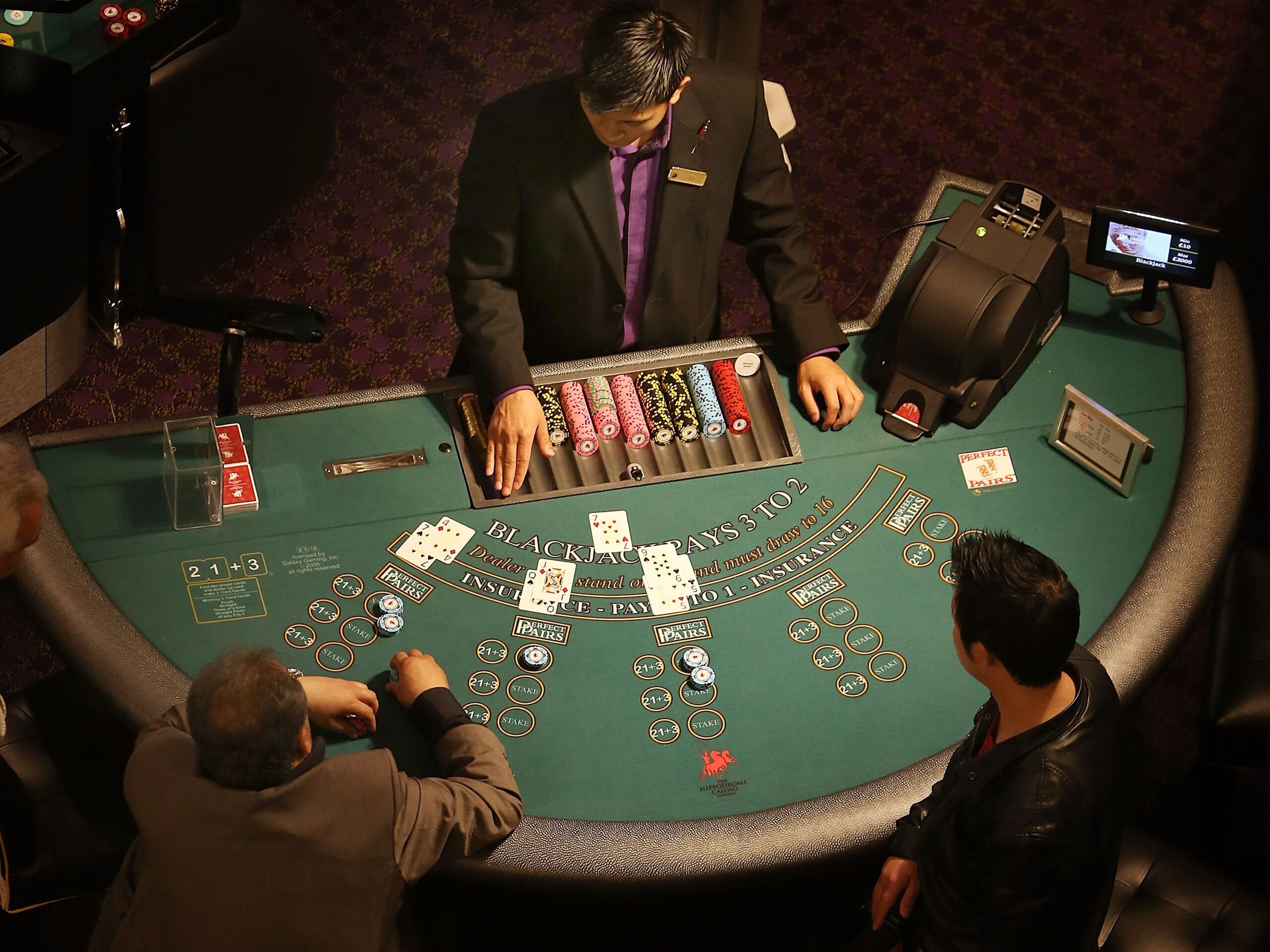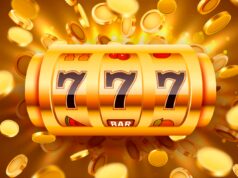As one of the oldest and widest-known card games still played today, blackjack’s rules seem deceptively simple to any newcomer: hit the number 21 before the dealer, but without going over. Sounds like a breeze, right?
In fact, blackjack isn’t a one-size-fits-all game. It has a diverse range of variations, as well as a long list of rules that sound much more complicated than they are. In addition to learning the rules and verbiage, blackjack also comes with a long list of probability-based strategies.
Compared to other card games, blackjack involves tactics that can increase a player’s chance of winning a hand. However, the percentages for getting the edge over the dealer are razor-thin and require not only experience, but a penchant for statistics and numbers.
Those looking to try their hand at the old French game can find a casino nearby or jump online. Typically, learning to play blackjack online offers newcomers the opportunity to learn at their own pace and apply various strategies.
It’s easy to find the latest blackjack casino offers using sites like OddsChecker without the need to drive to a land-based location and look the part. However, stepping onto a casino floor after developing confidence in the game can be one of the most rewarding experiences when learning blackjack.
Still interested in trying your hand at one of the world’s most prestigious card games? Keep reading below to learn some of the most basic rules when competing in blackjack.
Rule 1: Know When to Stand & When to Hit
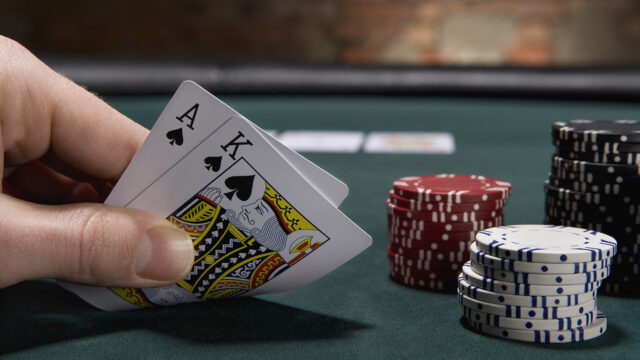
To stand in blackjack is to finish drawing cards to see how your hand stacks up against the dealers. To hit in blackjack means to draw another card. However, knowing when to hit and when to stand is a contentious topic in blackjack.
Many advise standing on anything between a 12 and a 15, while others only stand if they have a 16 or above. Remember, the goal is not to go above 21, and with all face cards worth 10, the risk of busting is higher than most are comfortable with.
More specifically, choosing to hit on a 12 leaves a player with 36 helpful cards (worth 9 or below) and 16 cards that will cause them to bust (worth 10). Statistically speaking, this translates to a 4/13 chance of hitting a 9 or below and a 1/3 chance of busting.
Knowing when to hit and when to stand is a question of instinct for some, and one of probability for others—though some, like Ed Thorp, utilize entirely different strategies.
Rule 2: Use a Strategy Card
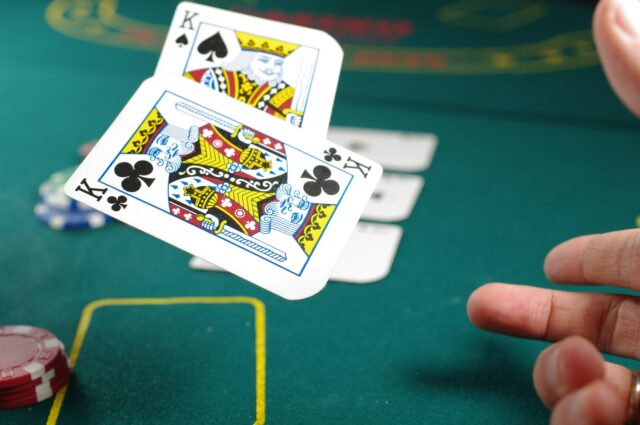
Keeping track of blackjack’s rules along with its wide range of suggestions (based on probability or observation) can be dizzying. Not only does it distract players from what’s happening at the table, but it can also suck the fun out of the game.
For newcomers, strategy cards are entirely legal ways to keep a small reminder of basic tips on their person at a casino. Typically laminated, strategy cards are an easy way to remind yourself of relevant strategies as a game is happening live.
Those unsure of whether or not to hit or stand on a 15 can simply take a look at their card. Keep in mind that strategy cards can’t be placed on the table at a brick-and-mortar casino. They should be held in the lap so as not to distract the dealer or other players.
Rule 3: Know How to Play Hard & Soft Hands
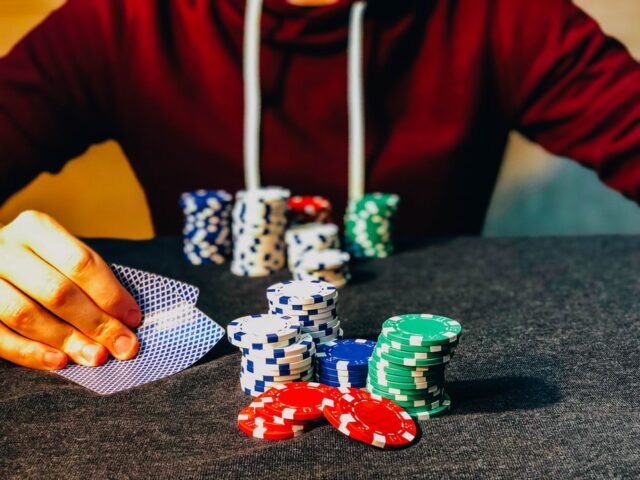
Hard and soft are words a new blackjack player will hear often. These terms refer to whether or not an ace counts as 1 or 11 points. When a player has a hand that doesn’t bust with the ace counted as 1 or 11, that’s a soft hand. If a player has to count an ace as a 1 so they don’t bust, that’s a hard hand.
Players will often hear about dealers hitting on a soft 17. This means the dealer has cards such as an Ace (valued as an 11) and a 6 or an Ace and a 2 and 4 (and so on). Dealers may or may not be required to hit on this hand, which affects the house edge.
Dealers who stand on soft 17s don’t hit (or take another card), which means the gamer must improve on their 17 points without busting over 21. For players with two-card totals less than 17, they must continue hitting to improve on the dealer’s score.
However, many blackjack players seek out tables or online games that require dealers to stand on soft 17s, which improves a player’s probability of winning. Again, don’t be afraid to consult your strategy card!
Rule 4: Know When to Split & Double
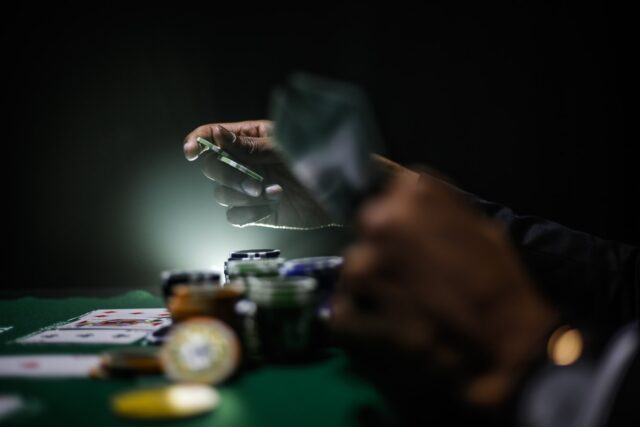
Two more terms ubiquitous with blackjack are the split and the double. If a player receives two cards of the same value (or face), they can split them. This effectively creates two separates that play out at the same time, with the dealer hitting each split card.
From there, both hands are played separately. One general rule is that players always split on Aces, which increases the likelihood of hitting blackjack by pulling a 10-point card. Doubling a hand simply means to double the size of the wager.
However, when a player chooses to double down, they can’t take any more cards after the first is laid. In certain casinos, players can also surrender, which means their chances of winning are so low that they sacrifice half their wager to move on to the next hand.
Rule 5: Know Your Options
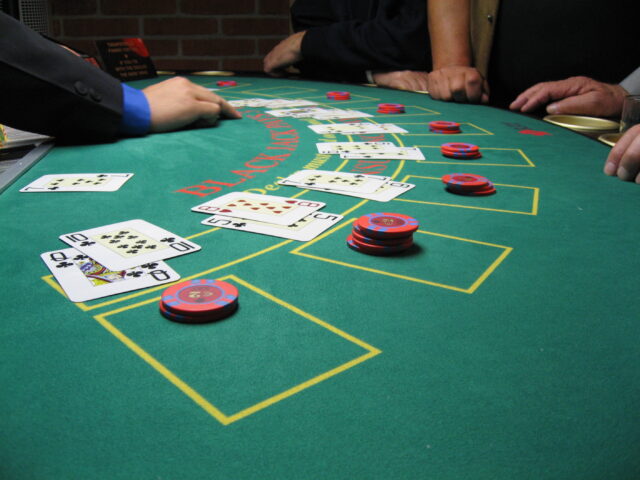
Because of blackjack’s long and storied history, there are many types of blackjack aside from the classic form. Some long-time gamers prefer to seek out Spanish 21, a variation that removes all 10 cards from the deck.
This means that players end up accruing lots of small-worth cards before deciding to stand. Because hitting blackjack is harder without 10-point cards, players are paid out for hitting blackjack even if the dealer also hits it (usually considered a tie or push).
Other popular forms include European blackjack and 5-card Charlie. Those looking to try out new variations of the game can do so online, as more and more styles of blackjack are continually emerging.

